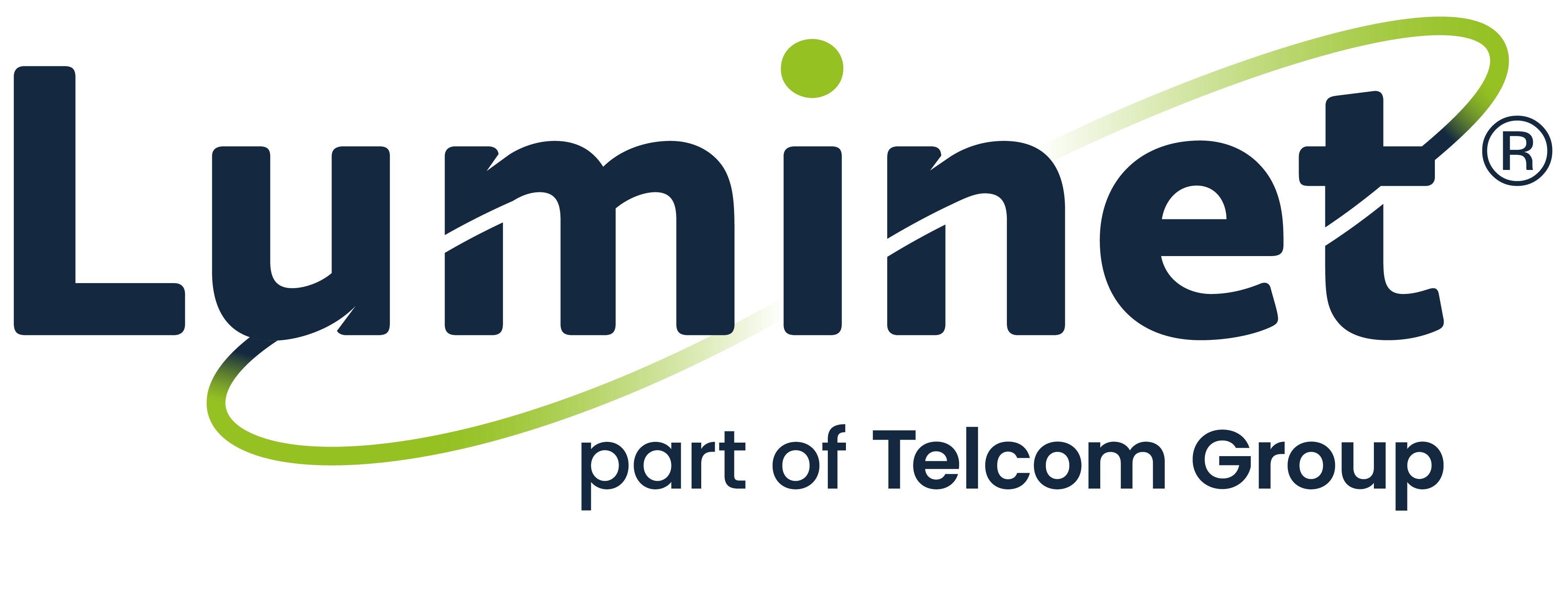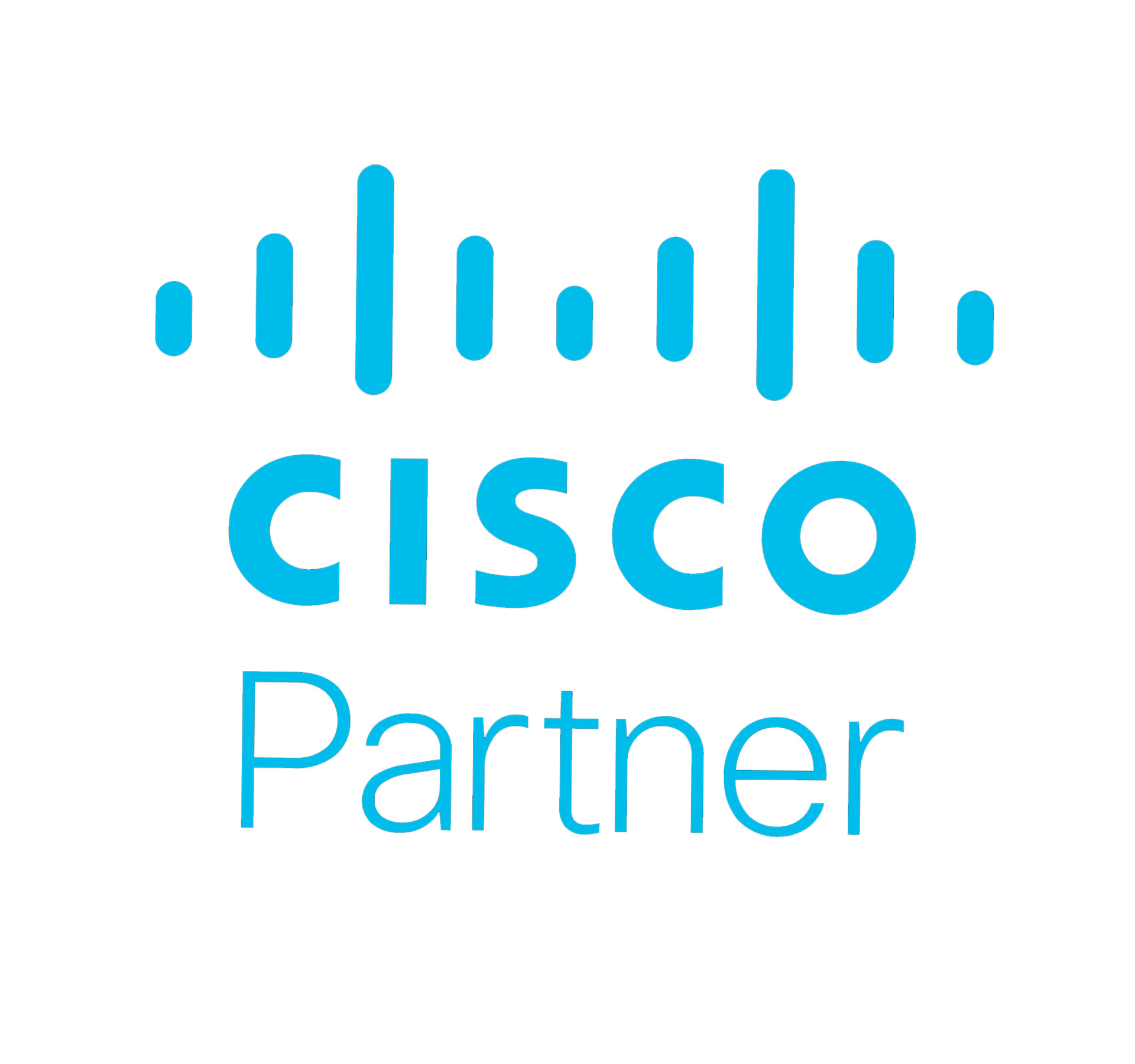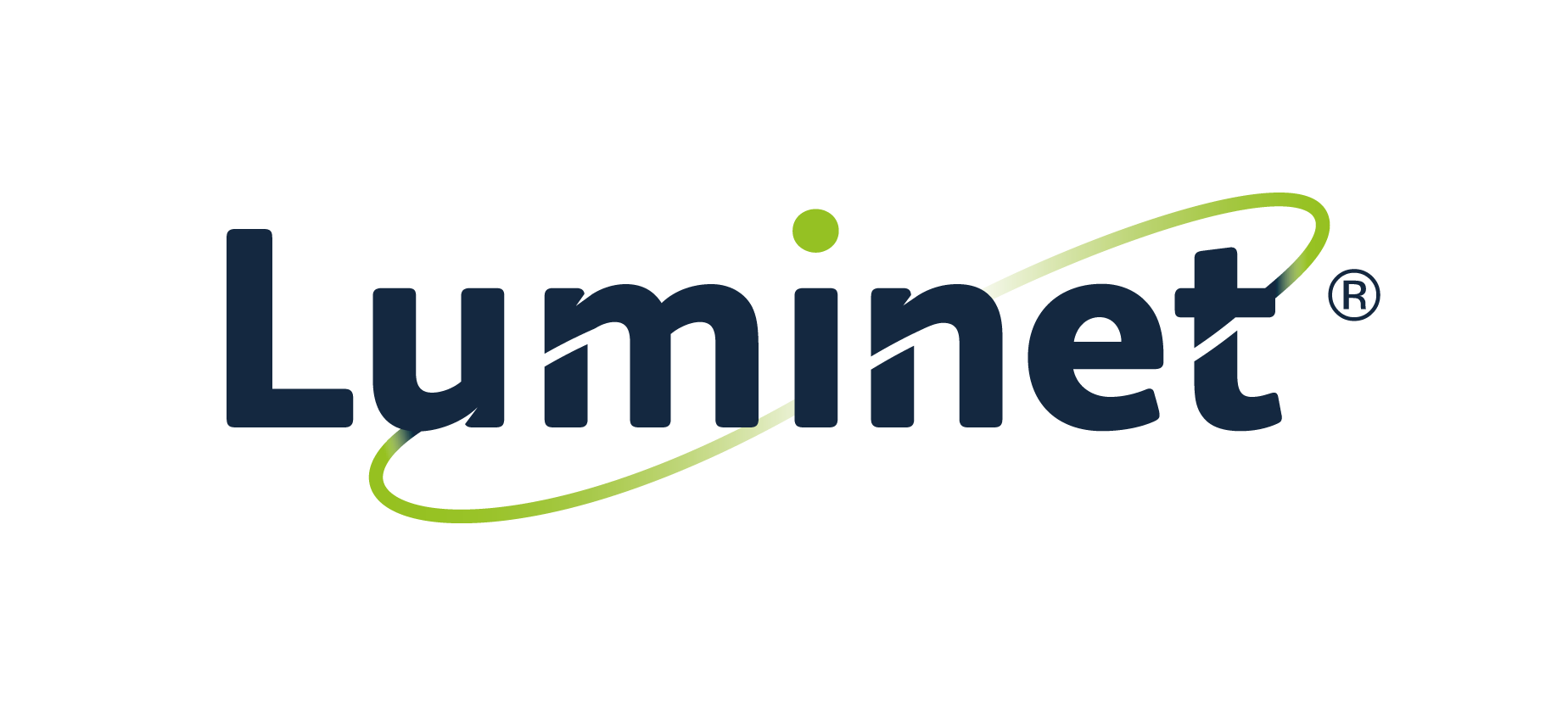The Ultimate Guide to Broadband Industry Acronyms
The Ultimate Guide to Broadband Industry Acronyms
The world of broadband and internet can be confusing for those who are not familiar with the most-used acronyms. Having a grasp on abbreviated forms can help customers and industry professionals alike understand different services, methodologies, and technologies. Below are some of the most used acronyms related to the industry and what they mean.
Also, known as Rijndael, AES (Advanced Encryption Standard) is a specification for the encryption of electronic data established by the National Institute of Standards and Technology.
APN stands for Access Point Name and is a networking hardware providing a gateway between computer networks, mobile networks (3G or 4G), public internet.
Broadband Over Power Lines – BPL – is a type of broadband that uses exiting cables of low and medium voltage electric power distribution networks.
Multiple compromised systems which are infected with a trojan horse is a type of malicious cyberattack which causes DDoS (Distributed Denial of Service).
FTTC (Fibre to the Cabinet) is one of two ways in which next-gen fibre optic broadband is being delivered to homes and businesses in the UK.
The second way of securing signal over optical fibres is Fibre to the Home, often shortened to FTTH.
GB, or gigabyte, is a measure of computer data storage capacity.
Similarly, Gbps is a measure of bandwidth and stands for billions of bits per seconds.
HD stands for high-definition visual content.
IaaS (Infrastructure as a Service), along with PaaS and SaaS make up the three categories of cloud computing services.
An IP address is a numerical label assigned to each device that is part of a computer network.
The purpose of an IPVPN is to create a private network which allows a user to handle everything on a single infrastructure.
Integrated Services Digital Network is often abbreviated to ISDN and refers to a set of communication standards for digital transmission of data, voice, video, and other network services.
IT is an abbreviation for information technology; the use of the internet and computers to manipulate, store, retrieve, and transmit data.
A local area network (LAN) is a group of devices that all share the same wireless link or communications line to a server.
M2M is direct machine to machine commutation through wire or wireless channels.
A megabyte, abbreviated to MB, is a multiple of the byte unit to value digital information.
MPLS is a shortened version of Multiprotocol Label Switching is a way of carrying data specifically for high-performance telecoms networks that avoids complex lookups in a routing table.
A mobile virtual network operator (MVNO) is a wireless communications services provider who does not own the wireless network that it utilises for its customers.
PaaS is an acronym for Platform as a Service, a cloud computing model.
PBX (private branch exchange) is a telephone exchange or switchboard system that many businesses use to allow for effective call handling.
PSTN is short for Public Switched Telephone Network and is the world’s collection of interconnected public telephone networks.
SIM cards are inside all mobile phones and store personal data and a unique identification number.
Session Initiation Protocol is often abbreviated to SIP and is the way internet telephony service providers deliver communications services to SIP-based private branch exchange customers.
VDC stands for Virtual Data Centre and is an IaaS cloud platform providing network and storage.
Voice over Internet protocol goes by many names but is usually referred to as VoIP and is a group of technologies for the delivery of voice and multimedia communications over the internet.
Virtual Private LAN Service (VPLS) is a way of providing Ethernet-based multipoint to multipoint communication over IP or MPLS networks.
WAN is a wide area network telecoms or computer network that spans over a large geographical distance.
WiFi allows computers and smart devices to connect to the internet without a wired connection.
WiMAX, a shortened version of Worldwide Interoperability for Microwave Access, is a wireless internet movement using microwave internet that is becoming increasingly popular.








